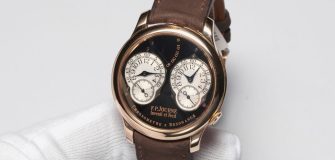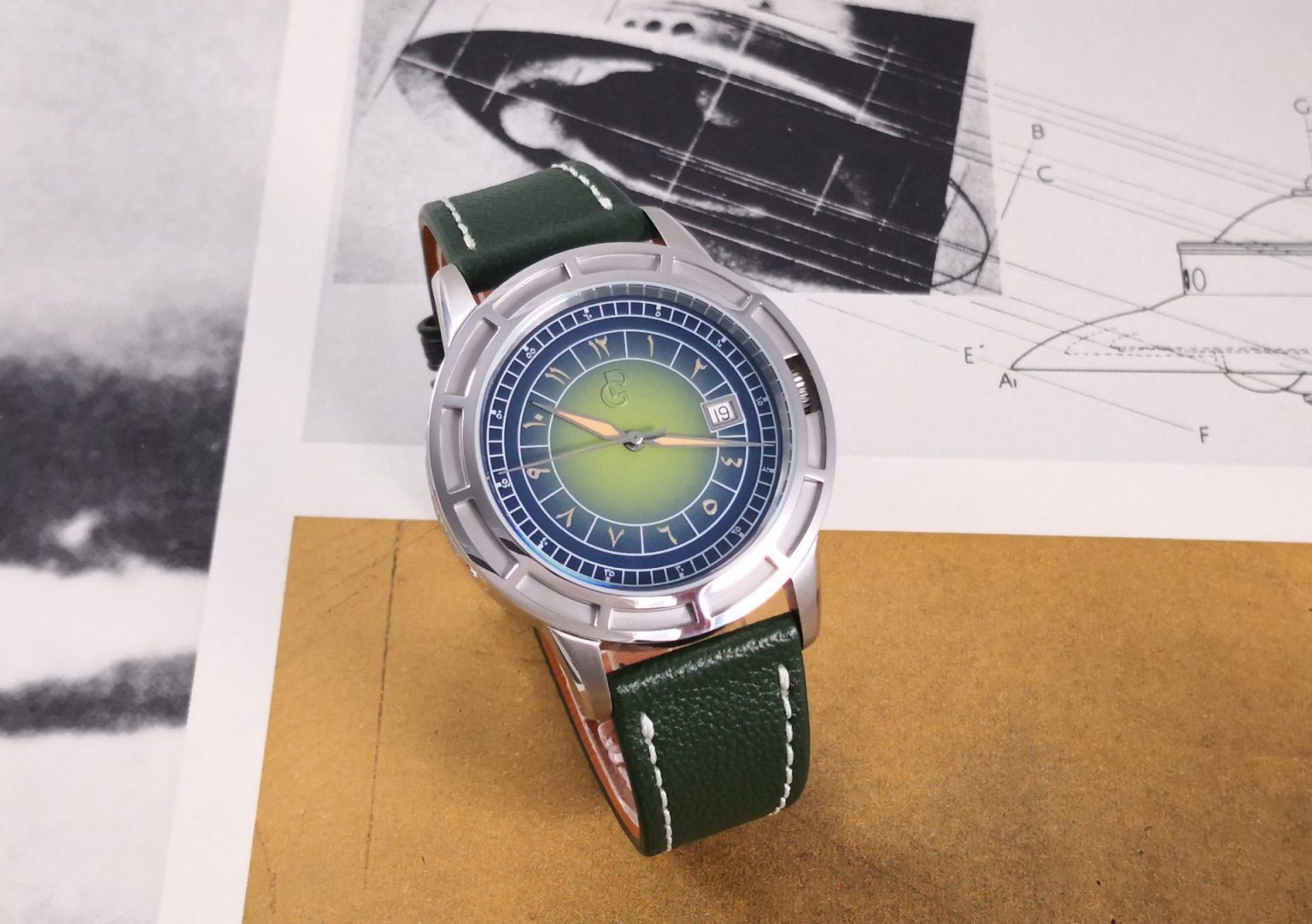Blast Moonstruck: Ulysse Nardin and Ludwig Oechslin Return to the Moon
Share
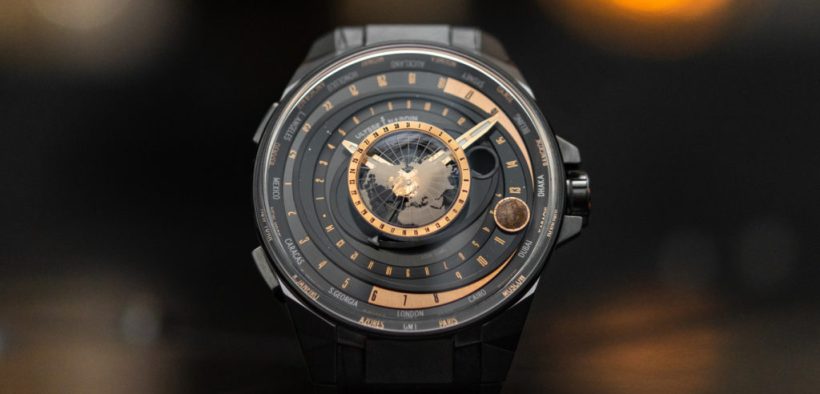
Ulysse Nardin is launching a radically modernized version of one of its historical astronomical complications: the Moonstruck (Ref. 1063-400-2A/3A) in black ceramic.

With this Worldtimer, housed in the geometrical ceramic case of a Blast, Ulysse Nardin reproduced as faithfully as possible the sun’s visible trajectory and the lunar cycles. The watch can best be described as a descendant from the trilogy of astronomical watches created nearly forty years ago by the master watchmaker Ludwig Oechslin:
“I am delighted that my watches and astronomical clocks enable people to think about their position in the universe and perhaps realize that we are not the center of the world.”
The 45-mm Blast Moonstruck reproduces the moon’s rotation, the apparent movement of the sun around the globe as we observe it from Earth and a tidal chart. Designed to make this “dance between the sun and the moon intelligible and intensely poetic,” the geocentric display of the Blast Moonstruck aims to be easy to understand, even for a beginner with no prior knowledge of astronomy.
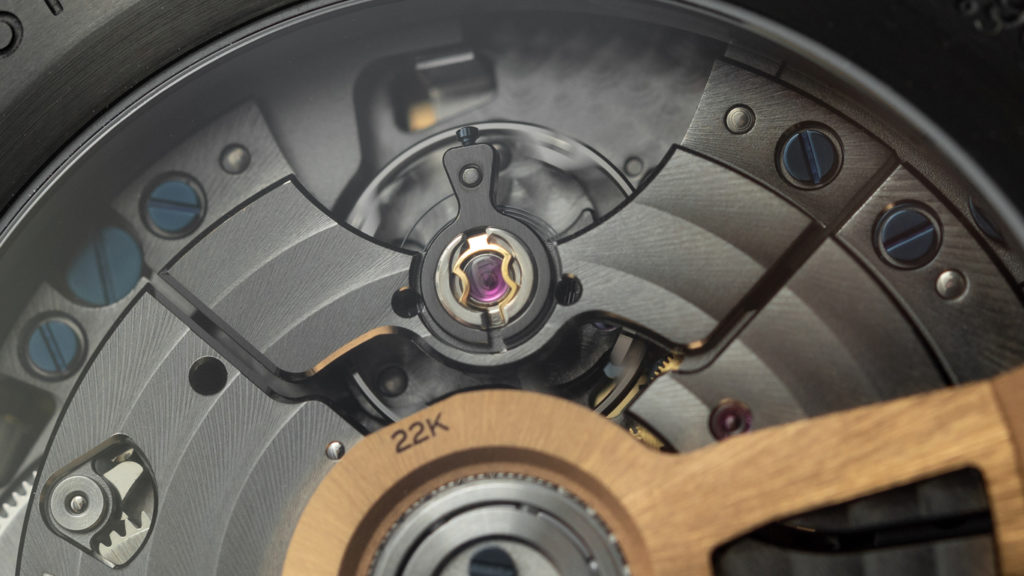
Underneath the three-dimensional dial structure is the UN-106 caliber with 50-hour power reserve. The hands indicate the local time, as well as the time in the time zone where the watch’s owner resides. But they can also be set at will to any one of 24 time zones for which the names of corresponding cities are reproduced on the fixed flange of the dial. This can be done, forwards or backwards, by means of a mechanism often used by Ulysse Nardin and activated by the two rectangular pushers located on the left side of the black case.
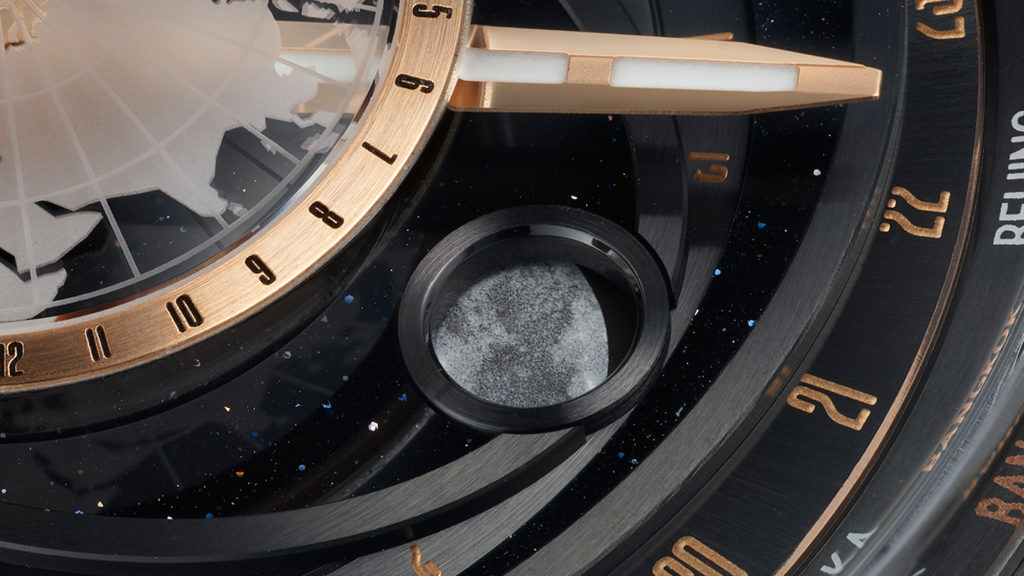
Ulysse Nardin chose to display the moon phases in a round aperture located at the apogee of an ellipse portraying its orbit, which is depicted as being in the same ecliptic plane as Earth. This aperture, carried by a disk, is associated with an elaborate gear train. It causes the moon-phase indicator to make one complete rotation per day to follow the course of the sun, and also causes it to make a full circle of the dial in 29 days, 12 hours, 41 minutes and 9.3 seconds, representing the duration of a lunar month, also known as a synodic rotation, which has an astronomical duration of 29 days, 12 hours, 44 minutes and 2.9 seconds.
To conserve its accuracy, the aperture showing the representation of the moon retreats every 24 hours on its circle of revolution by an angle corresponding, in degrees, to 1/29.53 of a lunar month to occupy a new position in relation to the sun. At the same time, the representation contained in this small mobile aperture also evolves to appear a little brighter or dimmer in line with the lunar calendar.
The case is water resistant to 50 meters; the retail price is CHF 75,000. For 2022, Ulysse Nardin plans to produce 40 pieces.
More pictures:













